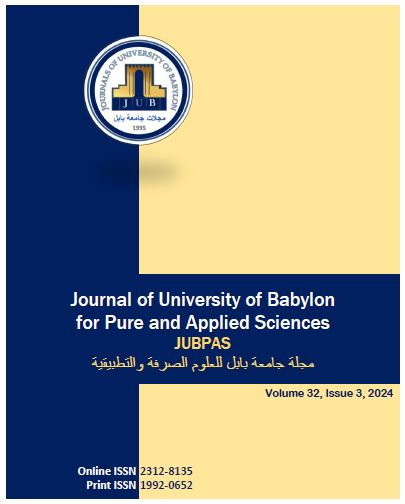Rotaxane Based Molecular Junctions Have Emerged as Promising Components For Electronic and Optoelectronic Applications
Main Article Content
Abstract
Background: Rotaxane molecule consists of three main parts: wheel, axle, and stoppers. This study was conducted to increase the number of wheels to get the electronic, electrical and thermal properties of Nano molecular junctions based on rotaxane.
Materials and Methods: Calculations were performed to evaluate the transport properties and the geometrically optimization of these molecular junctions using a combination of DFT, SIESTA code, Gollum code and a non-equilibrium Green’s function formalism. Each molecule was attached to opposing 35-atom (111) directed pyramidal gold electrodes. DFT and GGA were used to compute the ground state energy of various molecular junctions.
Results: The results of the T(E) showed high values, and this is evidence of that constructive interference that is controlled and reinforced by changing the number of wheels in the rotaxane molecules, which affected the HOMO-LUMO gap and thus contributed to raising or lowering the T(E) values. The relationship between G/Go and thermopower showed that the highest G/Go yields to low thermopower. The decay constant is a fundamental property that influences the transmission of electrons, conductance properties, and threshold voltage in the rotaxane molecules.
Conclusion: Molecular junctions based on Rotaxane showed high values of the T(E), which increase the electrical conductivity, making them promising for electronic applications. The smaller value of threshold voltage is a useful property for different applications. The results of power factor bring to us an important conclusion, which is that the impact of G/G0 is more dominant than that of thermopower in the case of rotaxane molecular junctions.
Article Details
Issue
Section

This work is licensed under a Creative Commons Attribution 4.0 International License.
